
Glass, a material born between flame and sand, has evolved over thousands of years and has long transcended mere light transmission. From the ornate rose windows of churches to the glass curtain walls of modern buildings, from the partitions common in home decoration to the exquisite decorative details, glass is being integrated into our design language in a variety of forms.
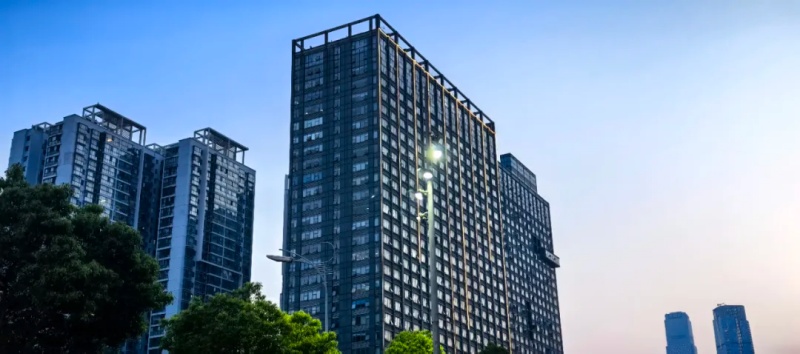
However, in the actual project,
Designers often face a practical problem:
How to ensure beauty while
Make glass applications safe, practical and easy to land?
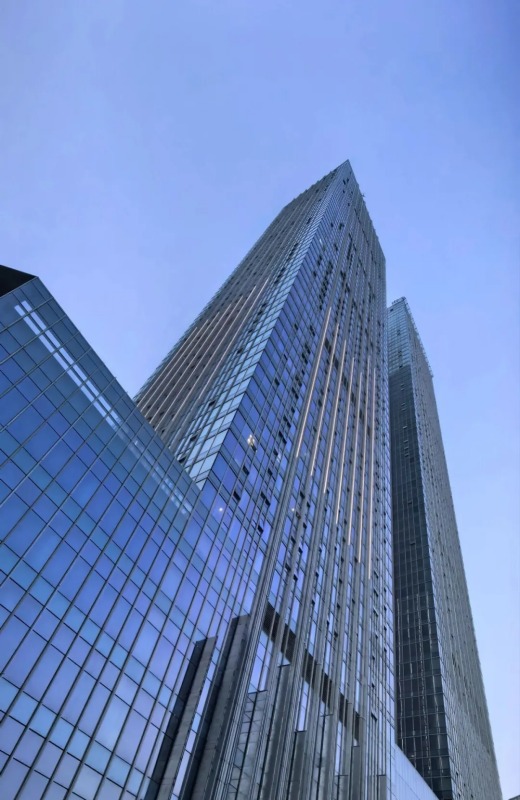
Understanding the properties of glass: more than just transparency
Each glass has its own unique "character". The impact resistance of tempered glass, the safety of laminated glass, the privacy protection of frosted glass, and the purity of ultra-white glass...... Understanding these characteristics is the foundation of the application.
Designers need to think outside the mindset that glass is transparent and see it as a functional material with many possibilities. For example, choose gradient glass for a gradient effect, use laminated glass for a hazy aesthetic, or use printed glass to create a patterned space.
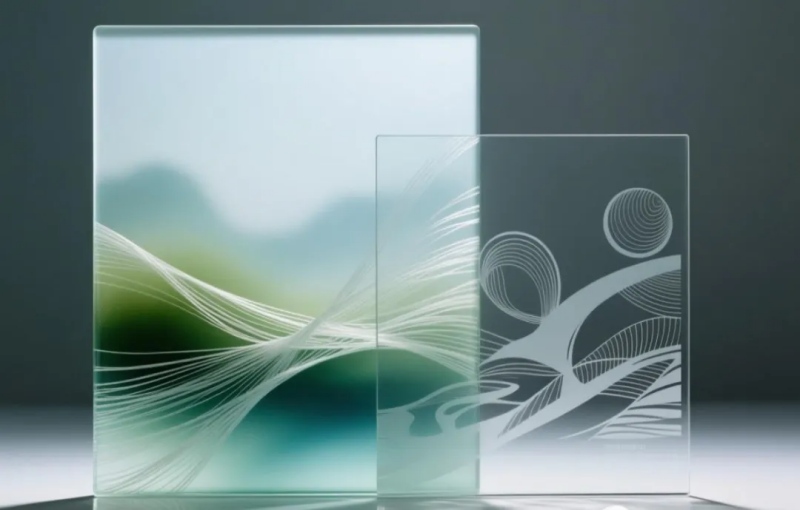
Indoor Applications: Breaking the boundaries of space
In interior design, glass is an excellent medium for spatial dialogue.
In terms of partition selection, the minimalist sliding glass door can flexibly divide the space, increasing lighting while maintaining visual coherence. The combination of narrow-edged metal frame and ultra-white glass creates an almost invisible separation effect.
At the furniture and decoration level, applications such as glass coffee tables, display cabinet doors, and shelves can reduce the heaviness of the space. It is particularly worth noting that the use of glass needs to consider practical usage scenarios - easy-to-clean coated glass should be used for kitchen splashbacks, and bookshelf shelves need to be thick enough to ensure load-bearing safety.
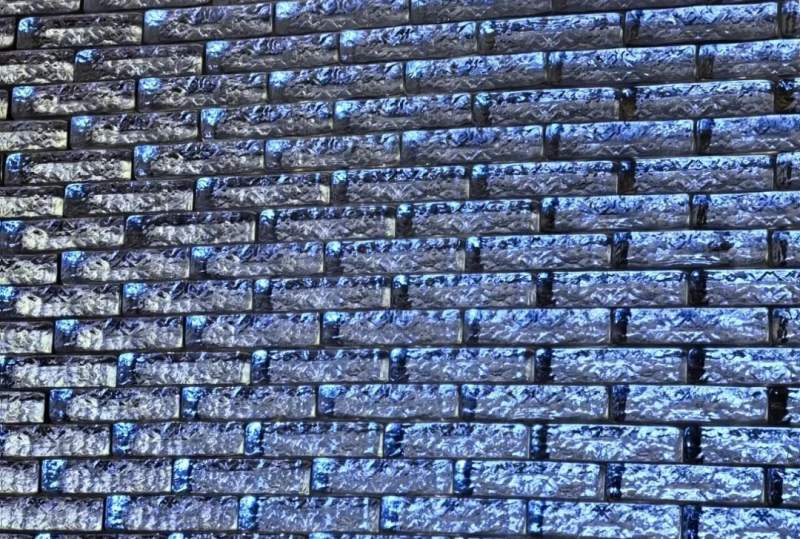
Doors and windows applications: balancing performance and aesthetics
The choice of glass in doors and windows directly affects the energy consumption, sound insulation and safety of the building.
At this stage, three-glass and two-cavity Low-E glass has become the standard configuration of high-performance doors and windows, effectively reducing heat conduction. For street-facing residences, laminated insulating glass can significantly improve the sound insulation effect.
Designers should note that different opening methods have different requirements for glass segmentation. The internal opening and internal inverted window are suitable for the division method of large fixed and small opening, while the weight of the single glass and the load-bearing capacity of the pulley need to be considered for the sliding door.
While pursuing extremely narrow bezels, the strength of the profile and the quality of the hardware cannot be ignored - aesthetics must be based on safety.
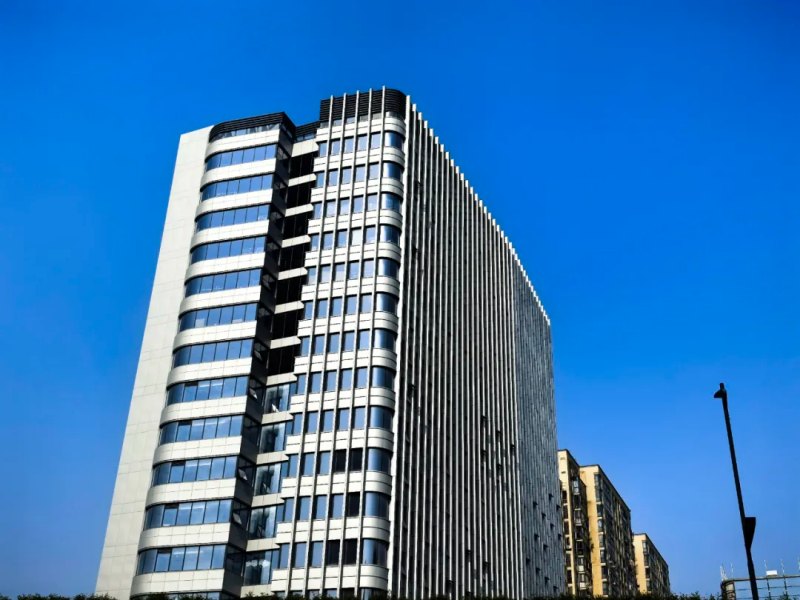
The key to landing: details determine success or failure
Successful glass applications are inseparable from the control of details:
1. Accurate measurement: Glass is a customized product, and the dimensional error needs to be controlled within ±1mm
2. Closing treatment: appropriate gaps should be reserved at the junction of glass and wall, ceiling and ground, and filled with elastic sealant
3. Hardware matching: Hinges, handles and other hardware need to match the thickness and weight of the glass
4. Safety considerations: Floor-to-ceiling glass applications must use tempered glass and be equipped with anti-collision signs
5. Ease of maintenance: The design should consider the feasibility of cleaning and replacement in the future
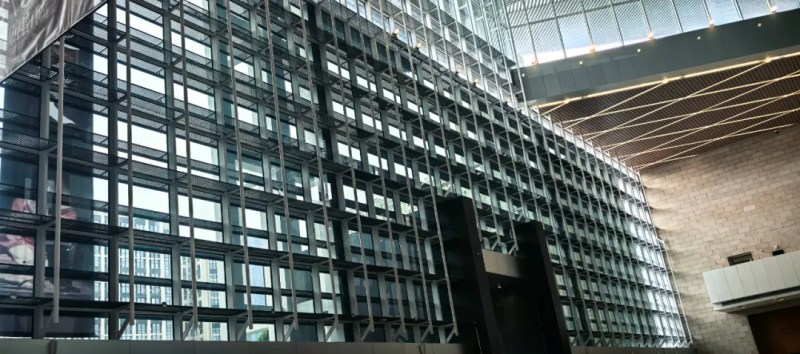
How to collaborate with suppliers
Early communication between designers and glass suppliers is crucial. Providing detailed design drawings, clarifying the expected effect, and understanding the feasibility of the processing process can avoid many problems in the later stage.
Excellent glass applications are the perfect combination of design and technology. When designers have a deep understanding of material properties and process boundaries, they can better unleash their creativity and allow glass to "grow" in the space rather than simply "install" it.
Glass is no longer just an accessory element of the space, but an important player in shaping the character of the space. When we use this material in a more precise way, it rewards us with infinite light and shadow changes and spatial possibilities - this is the charm of design.
Name: Litong Glass
Mobile:+86 16632961602
Tel:+86 16632961602
Email:vip@litongglass.com
Add:Shahe city,Hebei,China